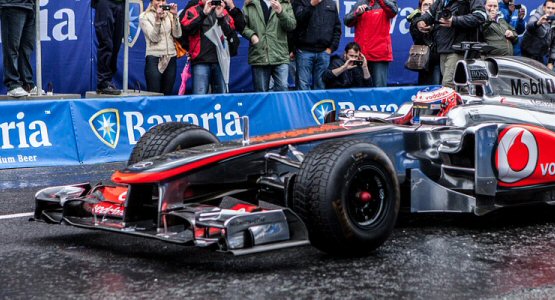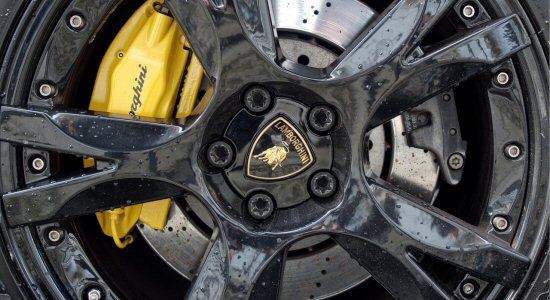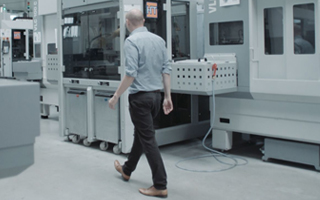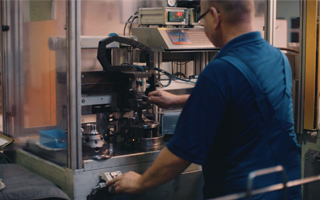Mercedes Brake Priming Technology
Any seasoned road user will know that bringing a car to a dead stop isn’t just a case of stamping on the brake pedal.
Road conditions, positioning of other road users and other hazards all flood our brains as we calculate the appropriate level of force, how quickly we need to work down gears or possibly take evasive action.
A simple lapse in concentration for half a second can cause the vehicle to halt 14 meters further than it could have on a national limit road.
However, there are other smaller factors that have a similar detriment to a vehicle’s stopping ability, factors which the driver has no control.
Many road users are unaware how the brakes in their car actually function. They know there are pads and a disc (rotor) and when force is applied on one by the other the car stops. Much more than that is a mystery.
Because brake pads are held a small distance away from the rotor (to prevent undue wear and dangerous levels of heat creation) it can take 0.3 seconds for the pad to connect with the rotor.
At 60 miles per hour, 0.3 seconds represents an extra 8 metres.
That time lapse gets bigger when we’re tired, distracted or doing anything other than concentrating on our journey. It’s easy to see how collisions occur.
Whilst it’s up to the driver to limit the chances of human error, Mercedes Benz has developed a technology that attempts to remove these 8 meters from the stopping distance.
Mercedes’ Predictive Brake Priming Technology can sense when the driver removes their foot from the accelerator pedal in a manner that suggests they are about to apply hard braking in response to a hazard ahead.
When the car detects this ‘emergency movement’, it automatically primes the brake pads, pressing them very gently against the brake discs.
This simple predictive movement of the brakes removes the distance it takes for the brakes to travel before engaging with the disk, and increases braking response from the driver.
This movement also has an added, hidden benefit. The gentle pressure applied to the rotor by the pads removes any debris, oil or water from their surfaces, creating the perfect surface to facilitate braking and brings the brakes up to a more efficient operating temperature in certain conditions.
This technology, Mercedes believe, will save lives. That’s not hard to believe, but whilst stopping 8 metres short from 60 miles per hour will make a huge difference, shaving any distance off at 30 miles per hour is where it will matter most.







